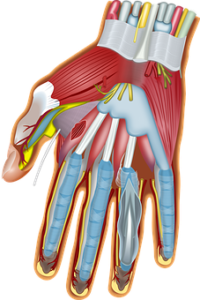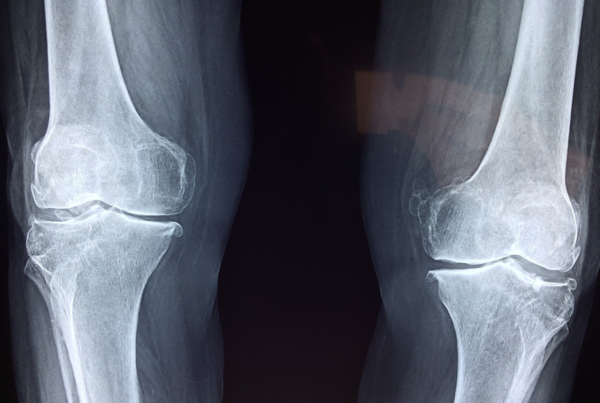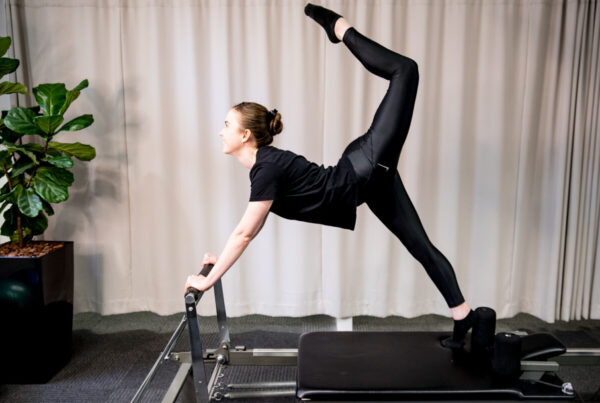 These words are often discussed on the sports field, at the Physiotherapy clinic or over the water-cooler at the office: but just what is the difference between these structures and what is it that they actually do?
These words are often discussed on the sports field, at the Physiotherapy clinic or over the water-cooler at the office: but just what is the difference between these structures and what is it that they actually do?
To put it simply, a muscle is tissue that contracts. When a muscle contracts, force is produced which results in movement. There are three different types of muscle: cardiac, smooth and skeletal. All aim to do the same thing, but work in very different ways.
Cardiac and smooth muscles work without you even thinking about it and are necessary for survival, eg. muscles of the heart and the digestive system. Skeletal muscles are the ones that are used to move the body and can be voluntarily controlled, eg. the hamstring muscles in the leg.
Skeletal muscle can be made up of two different fibre types: slow twitch and fast twitch. Slow twitch fibres contract with a low level of force for long periods of time, whilst fast twitch fibres contract quickly and powerfully but fatigue very quickly.
Ligaments and tendons are generally the area where people get confused. Which is which and what do they each do? For a start, there are similarities between the two. Both are formed by chains of a substance called collagen, which are produced by proteins stored in the body. Both structures also have a poor blood supply, meaning that if they are damaged, healing can take some time (longer than muscle).
What they do, however, is quite different. A ligament connects bone to bone whilst a tendon attaches muscle to bone, acting like an anchor for the muscle. The Achilles tendon, for example, attaches the calf muscles to the calcaneus (heel bone), while a ligament holds the shin and foot bones (tibia and fibula with the talus) together at the ankle joint.
When a person suffers a traumatic injury, muscles, ligaments and tendons may be pulled, sprained or even torn completely. This can create problems with movement as the stability of the area may be affected. You may also notice swelling and bruising around the area which can indicate damage to the tissue. Because of this, if you work in the Sydney CBD it is best to see your Bend + Mend Physiotherapist for an assessment (otherwise someone local will be able to help you!). They will guide you with what is the best treatment and also how long you can expect it to take to recover from your specific injury, which of course may depend on which structures have been damaged.








my surgeon is goin to split my ligament after a knee replacement ‘ wot will this do, how painful will it be. & how long to recover?
Hi Julie, thanks for your post. What kind of surgery is your surgeon planning on doing? Do you have some more information on exactly what the procedure will be, as there are a lot of surgeries that can be done for knee injuries or conditions. Is it an ACL (anterior cruciate ligament) reconstruction that you’re getting? If so, will they be using a hamstring tendon as the donor site for the graft? Or will it be another type of operation? MK
Hey Mark, would you explain to me please what the physical differences between ligament sprain are? Muscle strains? And tendon strains, please?
Hi Carlos,
Thanks for your question. In summary, many people confuse the terms “strains” and “sprains” as they are commonly used terms and in this instance they describe closely related injuries. We often use “strain” to mean a tear of some type, so this could mean a muscle tear or a tendon tear. It can be partial or full and can present in many different ways. Mostly, people would use the term “strain” when describing a partial/mild tear and not when someone has fully ruptured the muscle or tendon.
“Sprain” is most commonly used to describe an injury to a joint. Joints have ligaments and other soft tissues that wrap around them and are also present within them to give them stability. When these structures are damaged then this is called a “sprain”. So you can tear ligament that stabilises the outside of a joint and we’d most likely describe that as a “sprained joint”, although you could also describe it as a “ligament strain”.
Any clearer?
I hope I haven’t made it more confusing!
Good luck with keeping active and well and please get in touch if you need one of our physios to help you with anything. We see patients both here in the clinic in our Sydney CBD locations or by telehealth at a time that suits.